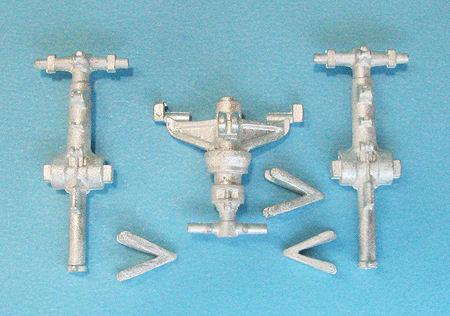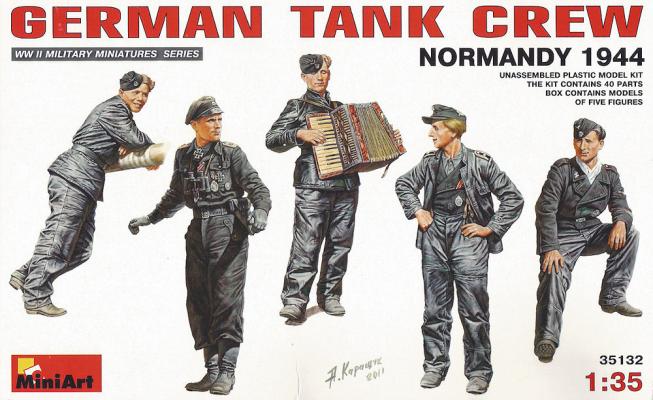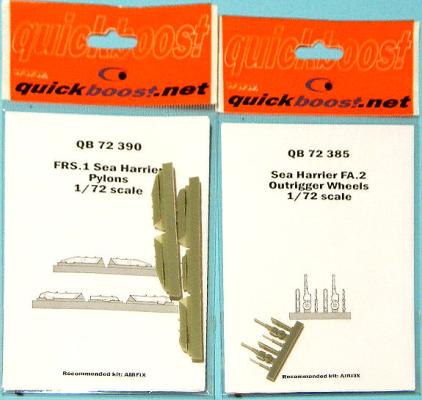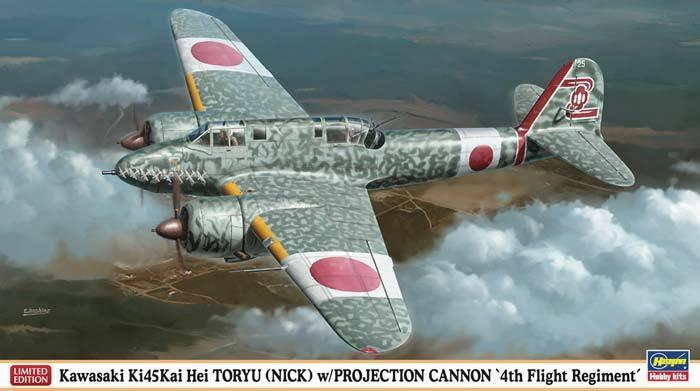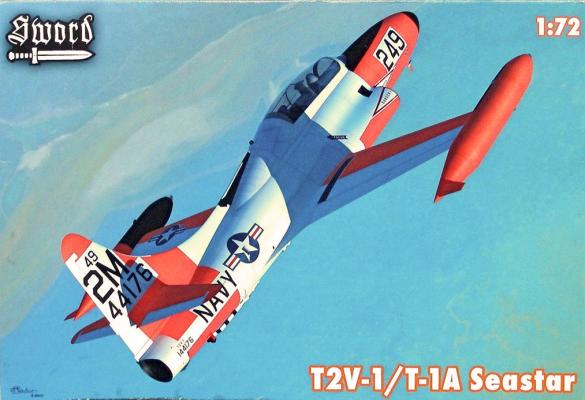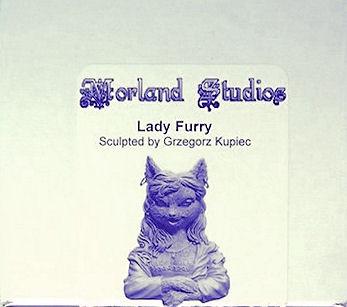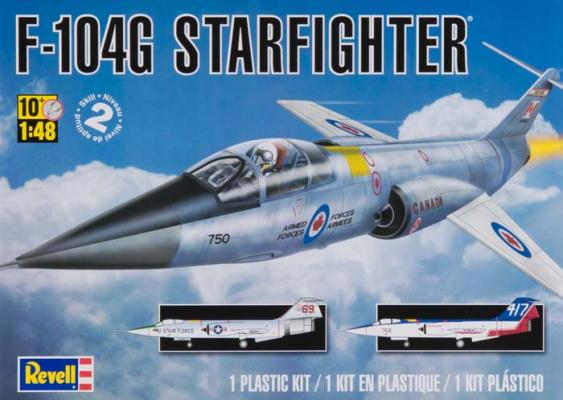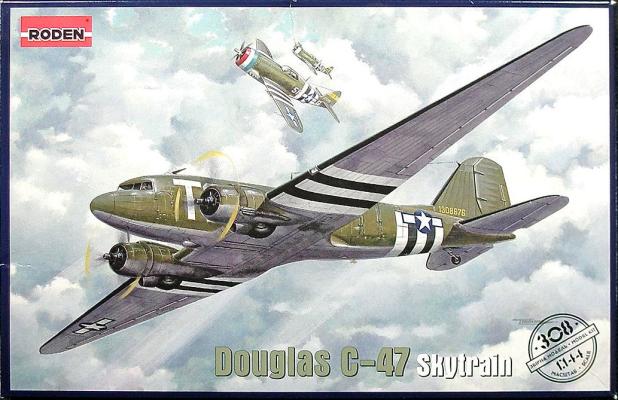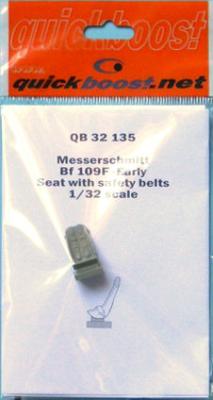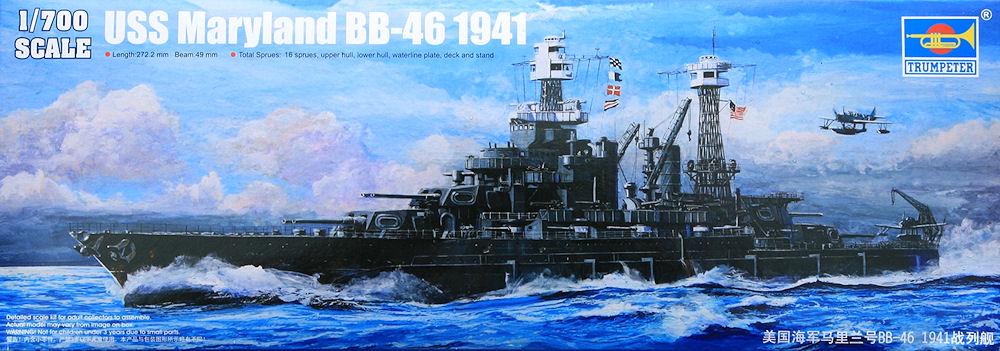Yet one more “You really should buy this or have your plastic gear fail in a year” set for a heavy model. Thanks as usual to our friend Ross at SAC for providing IPMS USA this set, and IPMS for sending it to me for review!
What's New
MiniArt’s German Tank Crew Normandy 1944 contains five figures wearing their German uniforms under bad weather leathers. The commander figure is posed as if he’s standing in a vehicle hatch, scanning the terrain. The other four are depicted during moments of relaxation and revelry. An accordion player appears to tap his toe in time with the music. An NCO stands with his jacket open and an amused look on his face. Perhaps he’s listening to the music or a joke. His jacket has a nice undercut behind him. A crewman wearing a scarf is posed sitting somewhere on the tank (turret, hull) or a stack of boxes, perhaps listening to the music or posing for a photograph. A smiling crewman is posed to lean on the main gun, the hull, or stacked supplies/equipment.
- Product/Stock # QB 72 390 Sea Harrier FRS.1 Pylons for Airfix kit, $8.50
- Product/Stock # QB 72 385 Sea Harrier Outrigger Wheels for Airfix kit, $6.50
We continue to express sincere appreciation to our friends at Quickboost for providing us more of the prolific output of their company; I buy a lot of their items and hope others do as well. Without their expertise, we would be the poorer!
Not much I can say for these additions...the new Airfix kits are a boon to the modeling community, addressing the need for simple yet detailed kits for the newcomers and also us old guys. But sometimes the details cry out for more. As usual, Quickboost steps up to the plate!
History
The Kawasaki Ki-45 was the first attempt by Japanese manufacturers to provide the JAAF with a modern twin-engine fighter. The original specification was issued to Nakajima, Mitsubishi, and Kawasaki in 1937, but the first two soon withdrew from the project, Kawasaki continued into 1939 with the completion of the Ki-45 prototype. This proved to be inadequate in many respects, so in 1940 the aircraft was completely redesigned, with some existing Ki-45 prototypes being converted to Ki-45 Kai (Modified), with different wings, tail surfaces, and engines. Thus modified, the new aircraft was accepted for production by the IJAAF, entering service in 1942. The aircraft served throughout the Pacific War in China, New Guinea, Indo-China, Manchuria, the Philippines, and finally in mainland Japan against the B-29 heavy bombing offensive, where it was one of the few relatively effective interceptors.
Lockheed’s derivative of the venerable T-33 as the Navy’s carrier-capable jet trainer, the T2V/T-1A bears a strong family resemblance to the T-Bird, but was a far different animal. A redesigned and strengthened wing with leading edge droops, different flaps, and boundary layer control was a big item, while a strengthened fuselage and gear, plus the raised rear cockpit for better visibility by the back-seater, gave the Seastar its characteristic humpback look. Larger tail surfaces, intakes, tailpipe, and an uprated J33 engine were included. Additional fuselage speedbrakes were added to the fairings aft of the wing, and other improvements were added as well, along with upgraded ejection seats, a hefty arresting hook, and a catapult hook.
Lady Furry is a one-piece resin bust that is 100mm tall, or approximately 1/17th scale. The kit comes with two metal hoop earrings that can be added to her but does not include a plinth for display. There are no color suggestions for the kit.
First off, let me warn you, I am not a figure painter…yet. I have been trying to improve this side of my modeling skills, as I want to do some dioramas. I have a few large-scale figures under my belt, namely Spiderman and Green Lantern. Painting them is about as far away from painting Lady Furry as possible, but sometimes, it helps to step out of your comfort zone. Boy, is it chilly out here.
History
Another of Kelly Johnson’s modern marvels in aviation history, the F-104 truly lived up to the many nicknames it was bestowed. The “Missile With a Man In It” is probably the most reflective of this great machine. It was a plane that was produced in greater numbers for foreign use rather than US use. It was, however, a major leap forward in technology that led to multiple advances that allowed the US to be the leader in high-performance aircraft. A quick look at the main gear configuration and wing thickness can lead one to see how the F-16 was influenced.
The first release of C-47/DC-3 kits from Roden has been issued as a C-47B from the 53rd TCW, 437th TCG, 83rd TCS. The parts have some nicely engraved detail on them, but on my sample it wasn’t entirely consistent. It looked great on the wings, tail, and the sides of the fuselage, but on the top and bottom of the fuselage halves, it faded out and was pretty faint. The rear door is molded as a separate part to fit into the space in the left fuselage half, and contains the main entry door and cargo door with its hinges.
Clear parts consist of two strips of windows which fit inside the fuselage, two landing light lens covers, the astrodome, and the windshield, which on my sample was missing from the sprue and wasn’t in the poly bag, either. A replacement was promptly and graciously supplied by MMD-Squadron, so construction could continue.
Quickboost has added a highly detailed Bf-109F early-style seat with safety belts to their continually growing line of 1/32 scale detail parts. It is designed as a drop-in replacement for the seat parts included in the kit. This part adds considerably to the overall detail of the cockpit and solves a problem that the kit parts present. Hasegawa provides the seat in the kit in two parts – left and a right side that are joined in the middle of the seat pan and back, thus creating a vertical seam through the center of the entire seat that must be eliminated. (see the photo below of the two kit parts surrounding the aftermarket seat). The Hasegawa seat also has ejection pin protrusions on the inside walls of both pieces that will need to be dealt with before joining the pieces.
Finally, a long-awaited need is met! – an injection-molded 1/700 styrene plastic kit of the USS Maryland at Pearl Harbor (December 1941), in correct appearance. A good value, an easy build, and a fine-looking model with some photo etch.

